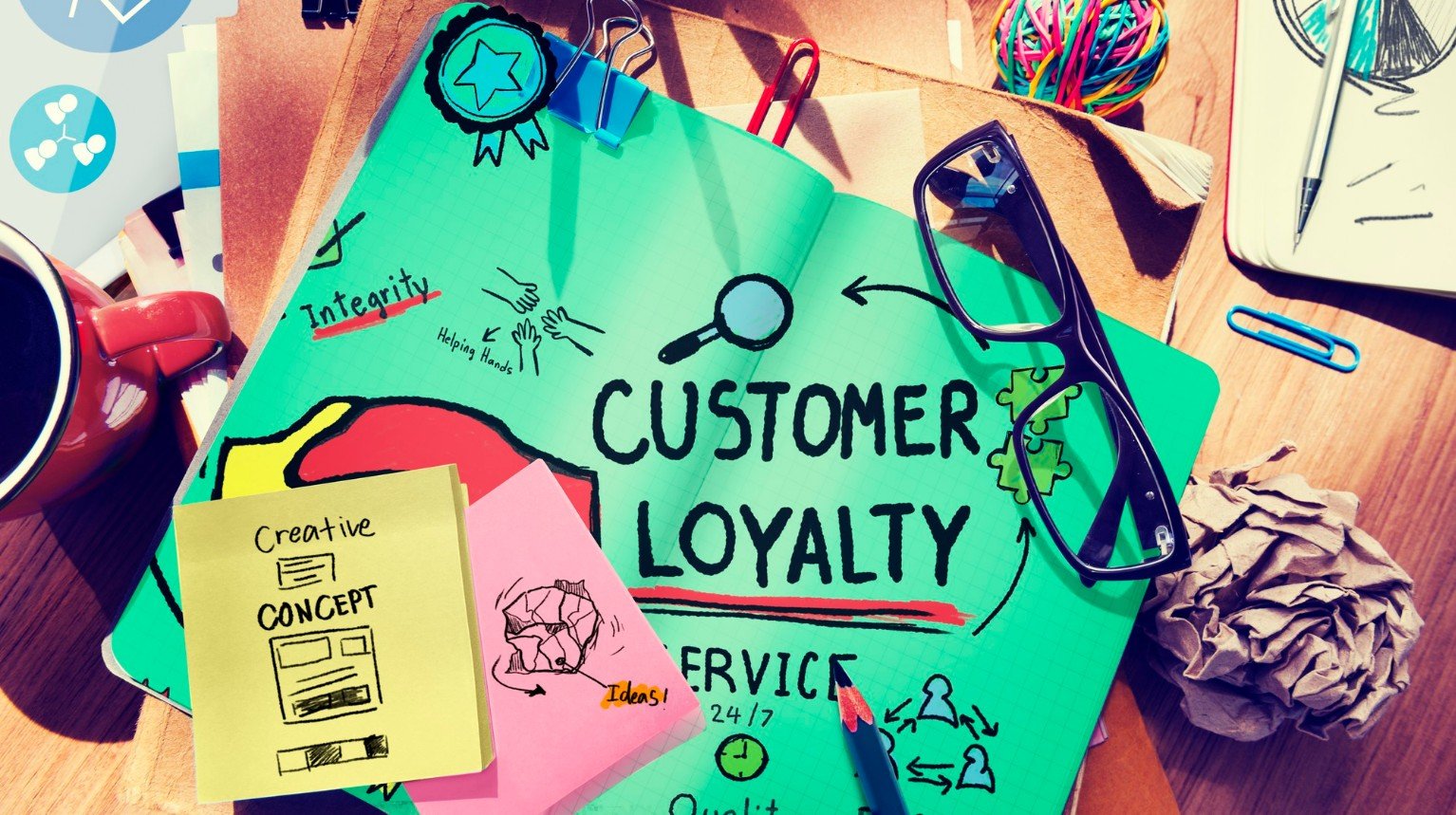We are living in a time of highly informed and proactive customers, and when it comes to choice and opportunity, the internet is their playground. Here customers can pick and choose how to have their needs met and then they can proactively share their experiences with other like-minded people. The upside of this is that activity taking place online can be tracked and measured, and businesses can then strategise innovative ways to encourage loyalty with their customer base. But is it even possible to quantify loyalty? Well, customer loyalty analytics aims to do just that. So how do you turn the information gleaned from this insight into growth? Here are 4 ways.
1. Customer retention rates can guide your loyalty program
There are so many reasons why a customer might want to go elsewhere to have their needs met, so it is crucial to create strategies in order to encourage or retain loyalty. This process starts by tracking customer retention over an extended period of time in order to gain insights into the success of any loyalty program. This can quickly help you pick up early warning signs so you can then dig deeper and get specific customer feedback. If you are finding that your loyalty program is actually working and enrolments are high, then you can continue to reward customers through these programs and begin to build lasting bonds.
2. Get to understand your customer’s needs
In an age where customers have too many choices, you cannot afford any guesswork. The far more strategic approach is to arm yourself with data, understand your customer’s needs and then work your customer activities around this. Tools like Facebook Messenger, and Direct Messaging on Instagram and Twitter can play a valuable role in customer feedback. These platforms are also an excellent place for customers to share their pains, doubts, wins and feedback. With this in mind, it’s important to choose the correct social media platform for your business and then track activity closely to stay in touch with what your customer is feeling about your brand.
3. Prepare a customer segmentation analysis report
To understand your best target customer, consider segmenting your customer base. This refers to segmenting potential customers into categories and specifying their differences, characteristics and behaviours. Devising a strategy without understanding the different permutations of your customer’s characteristics leaves a lot of guesswork. Alternatively, by segmenting your customer profile, you can stay ahead of the competition, personalise communication and allocate resources differently. When done right, your customer loyalty will increase because customers will feel like their specific needs are being addressed in an authentic way.
4. Track your customer loyalty program’s effectiveness
There are many ways you can measure customer loyalty programs. One of these is through understanding the redemption rate. Here you simply need to measure the percentage of rewards that your customer redeems. The higher the redemption rate, the more loyal your customer is. Another important metric of loyalty is understanding the engagement rate. To measure this, you look at the percentage of customers engaging with your loyalty program. These measurements will help you understand if your customer believes you have something to offer them and will be reflected in how they reciprocate.
The bottom line
Brands and businesses need to consistently be working on building loyalty with their customers in order to build rapport and develop lasting relationships. The increase in online activity is a real coup for businesses as the days of guessing are gone and activity, conversations and marketing incentives can be measured in meaningful ways. The long-term play is to turn loyal customers into lasting brand advocates and convert their loyalty into repeat business. So to build your next customer loyalty strategy, consider a Merchant Cash Advance, and fund your business in the next 48 hours.


